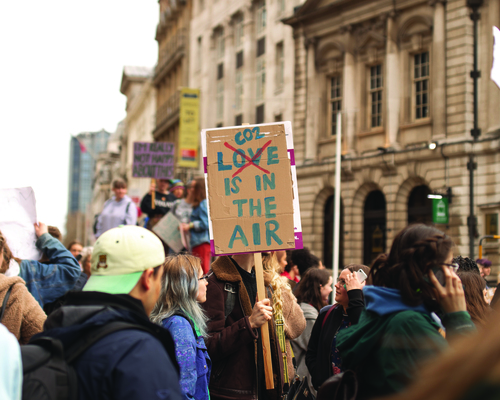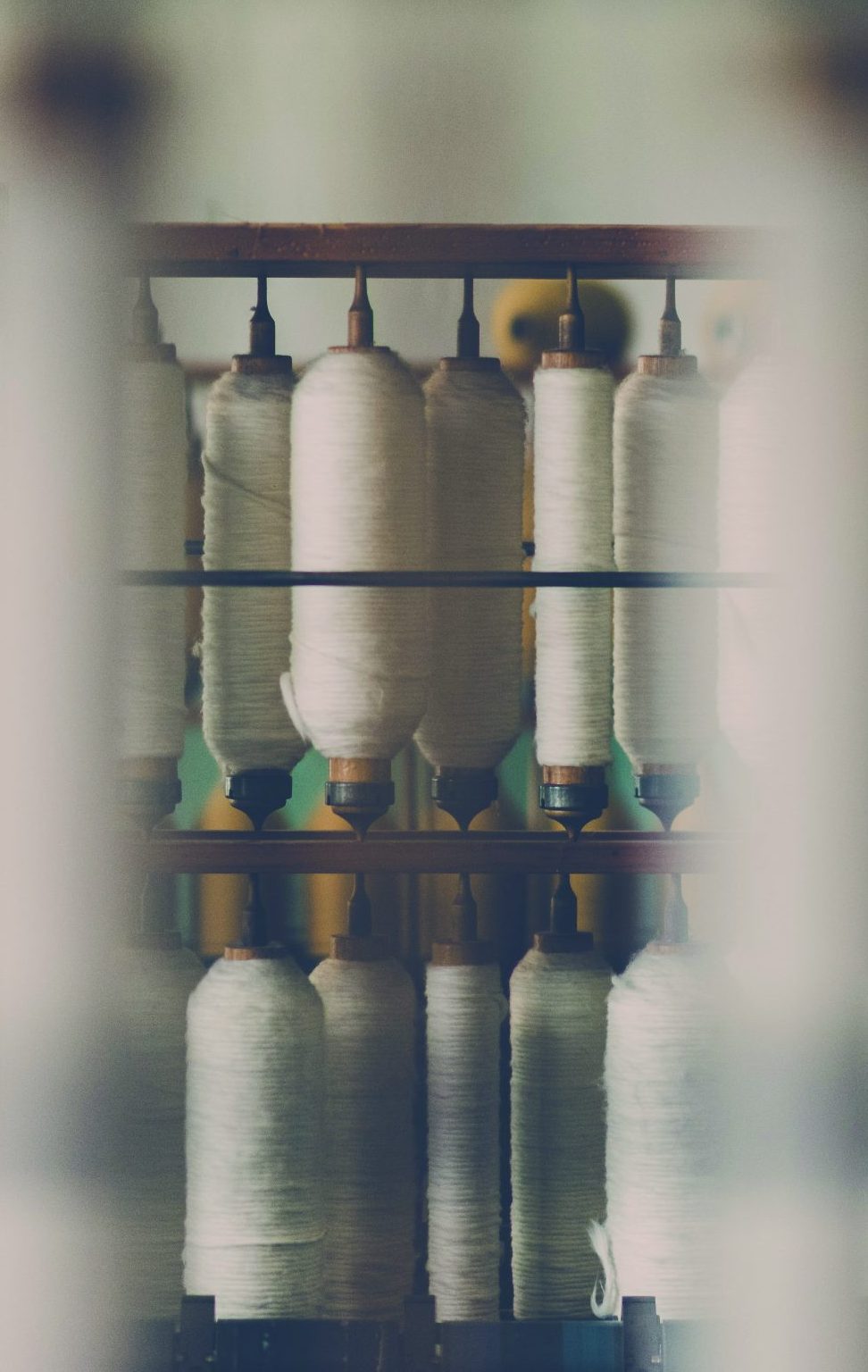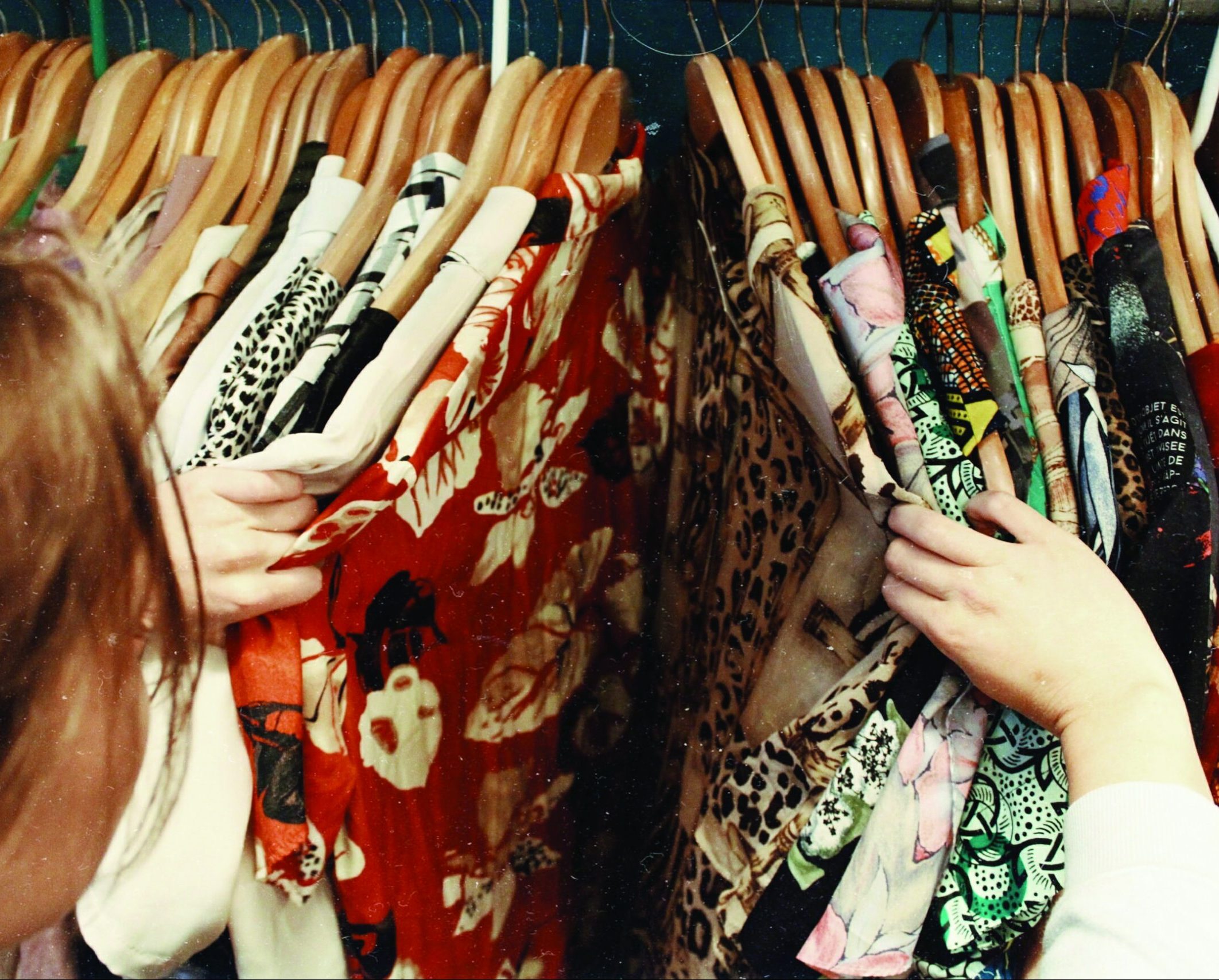THE
CARBON EDITION
Summer 2022
There is an indispensable relationship between fashion industry and greenhouse gas emissions. Different stakeholders need to look for their own innovative solutions to combat the carbon footprint at different stages of the fashion industry.

The fashion industry is famed for its glamour and greenhouse gas emissions, but the industry alone is estimated to account for up to 10% of global carbon emissions (Source: UNEP). Widely believed to be the third-largest polluter, the fashion industry emits more carbon than international flights and maritime shipping combined as no surprise to those who know that every year, 70 million barrels of oil are required to produce polyester fibers used in half of the average wardrobe (Source: Muthu).
Since the Paris Climate Conference (COP21) in December 2015, the Paris Climate Agreement has been set to limit the increase in global average temperature warming to 1.5°C, but the fashion industry may fall short of their contribution based on its current trajectory. In order to meet its goal, the industry requires immediate action to take place and boost sustainability measures.


Aside from using materials with low carbon impact, brands
can also optimize their existing production processes to cut
down on carbon emissions. Digitalization and biotechnology
solutions have provided answers to reducing carbon emissions
— whether it’s using AI to trim down textile waste or by
replacing harmful chemical processes with nature’s own
bacteria, the textile supply chain can be improved upon
whilst benefiting the environment.
90% of a company's climate impact originates from its supply chain. However, many businesses do not operate their own production facilities therefore they often outsource their production. This means they have limited control or knowledge of the emissions produced within their entire supply chain.

To build a low-carbon pathway for the fashion industry, Life Cycle Assessment (LCA) can be conducted to analyze the entire environmental impact associated with a product, from cradle to grave. This includes all stages of a garment’s life cycle, beginning with raw material extraction, textile production, manufacturing, retail distribution, usage, and disposal. The results can be used to critically reflect on the resources required to produce a garment and other associated outputs including material wastage and carbon dioxide emissions.